Transform Your Woodworking Projects with Edge Banding Solutions
Rough or unfinished edges often detract from the overall look of furniture and cabinets. When working with plywood or particle board, it’s common to encounter edges where the grain and finish don’t match the other surfaces. While raw edges might not be an issue for parts that will be hidden, such as cabinet shelves, aesthetics become crucial in many projects.
Edge Banding Solutions:

What Is Edge Banding?
Edge banding is a thin strip of veneer with adhesive on one side, designed to cover the raw and exposed edges of particle board and plywood. In some cases, solid wood strips, often made from scraps, are applied using glue or grooves. These bands can be colored to match the wood they’re applied to, creating the illusion that the entire plank is a solid piece of wood.
One subtle aspect of edge banding is the grain direction. Wood has three types of grain: edge, end, and face, each running in a different direction. When using edge banding, you’ll see edge grain instead of end grain at the edges. However, this difference is often barely noticeable to the untrained eye. Ultimately, edge banding presents a far more appealing sight than raw, exposed edges.
When to Use Edge Banding
Edge banding serves two main purposes: durability and aesthetics. Raw edges of plywood and particle board are more susceptible to damage, whereas edge banding reinforces these sides, helping them withstand wear and protecting them from the elements. Even the inside of a cabinet can experience wear from regularly moving items or adjusting shelf heights. Edge banding effectively absorbs bumps and scrapes, far surpassing the protection offered by raw edges.
However, the most common reason woodworkers and DIY enthusiasts use edge banding is for its visual appeal. Matching the exposed edges of plywood with the rest of the piece in terms of color and texture elevates the overall look, eliminating the “homemade” appearance and adding polish to otherwise basic materials.
Plywood Edge Banding Is Easy to Use
For home projects, solid wood scraps may not always be available. In contrast, veneer edge banding is straightforward to apply and trim for a perfect fit. Usually, all you need are basic tools—like a sharp knife and a hairdryer or iron—and the process is quick and simple.
Since projects can evolve over time, edge banding provides a flexible solution that ensures all sides of a piece of wood match, regardless of how you repurpose it—whether switching from enclosed cabinets to open shelving. It also helps ensure that your investment of time and money withstands everyday wear.
Enhance both durability and aesthetics effortlessly with our expert edge banding solutions. Contact us today to refine your woodworking projects to perfection!







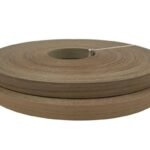
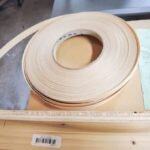











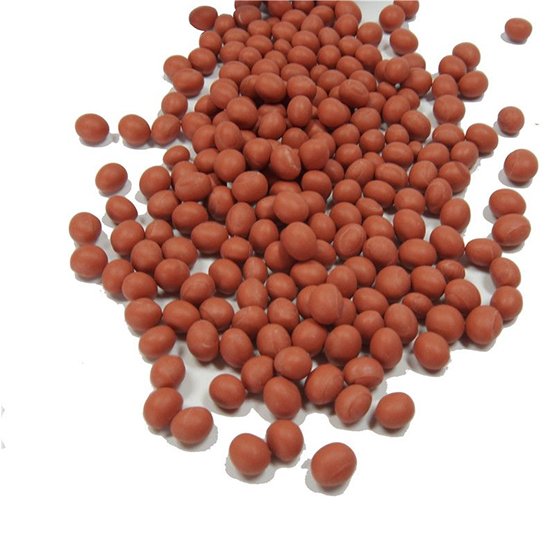

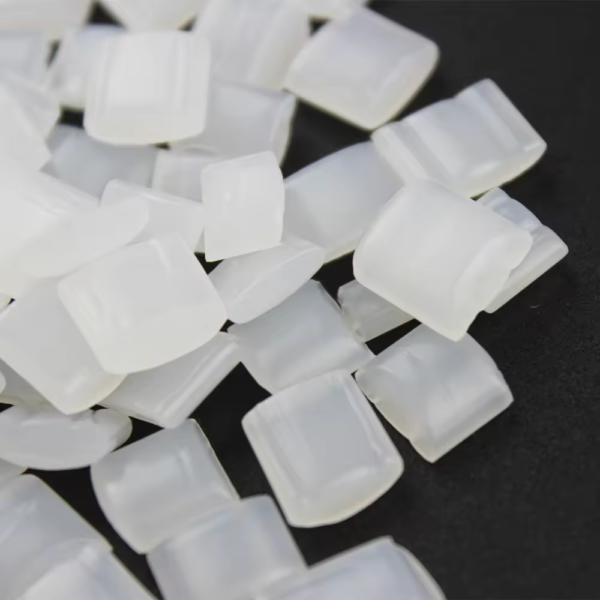
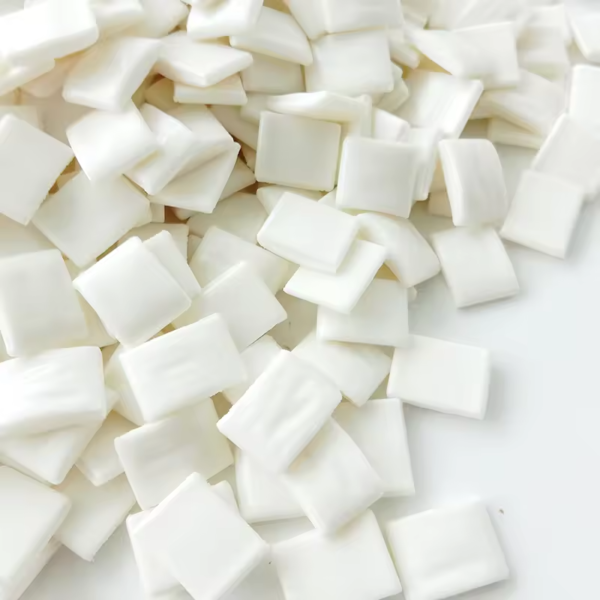

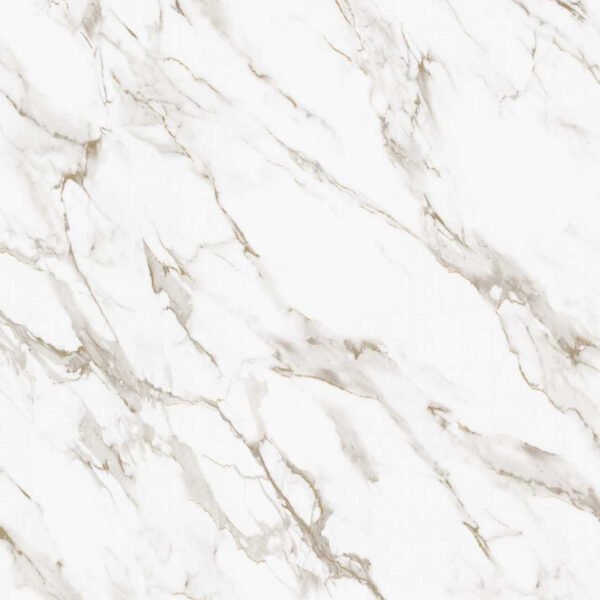




Leave a Reply